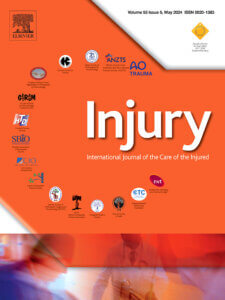 In an analysis of data from the TSOS study, younger patients and patients who were publicly insured or uninsured were among several subgroups of patients who were at significant risk of missing follow-up outcome assessments. The report was published this week in Injury.
In an analysis of data from the TSOS study, younger patients and patients who were publicly insured or uninsured were among several subgroups of patients who were at significant risk of missing follow-up outcome assessments. The report was published this week in Injury.
Successful studies of interventions for patients with posttraumatic stress disorder (PTSD) require engaging with injured patients in long-term follow-up. Addressing the needs of patients who are at risk of not engaging in follow-up could improve outcomes and intervention procedures at trauma centers. Yet, many injury survivors are at significant risk for not following up with trauma outcome assessment procedures.
In the new secondary analysis from the TSOS study, the research team examined relationships between patients' clinical and demographic characteristics and rates of follow-up in the study. They found that younger age, public or no insurance, fewer comorbid conditions, and worse mental health function before injury were associated with lack of follow-up. Infrequent cell phone use and lack of internet access were also associated with missing outcome assessments.
The TSOS study, an NIH Collaboratory Trial led by principal investigator Doug Zatzick of the University of Washington, was a stepped-wedge, cluster randomized pragmatic clinical trial testing the delivery of a stepped collaborative care intervention vs usual care for injured patients with PTSD symptoms and comorbid conditions.
TSOS was supported within the NIH Pragmatic Trials Collaboratory by a cooperative agreement from the National Institute of Mental Health and by the NIH Common Fund through a cooperative agreement from the Office of Strategic Coordination within the Office of the NIH Director. Learn more about the NIH Collaboratory Trials.


